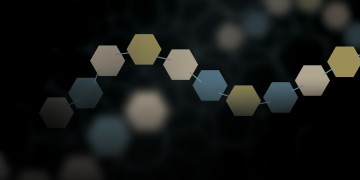
Next Generation Computers: Transforming Cells into Autonomous Computing Devices
What do computers and cells have in common? Can cells function as computers or recording devices? Can a bacterial computer be built? Synthetic biologists have recently developed a platform called SCRIBE (Synthetic Cellular Recorders Integrating Biological Events) to convert genomic DNA into a “tape” for recording and memorizing information. This article explores many interesting aspects of autonomous cellular memory and the potential applications of such living computational systems.
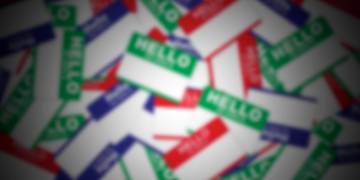
What’s in An Instrument Nickname?
Researchers love their lab instruments…and sometimes hate them too. Out of such complex human-machine relationships come nicknames, many many nicknames. Read on to explore the ways scientists name their instruments, the names they choose, and contribute your favorite instrument nickname!

Six Things You Might Not Know About Bio-Rad’s Food Science Division (FSD)
What’s the science that keeps your food safe? Find out with an inside look at Bio-Rad’s Food Science Division, and discover how techniques from the research lab are applied every day to guard what you eat.
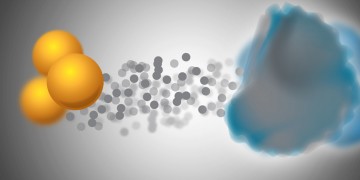
Researcher Profile: Suzanne Topalian Pioneers PD-1 Inhibitor Drug to Treat Advanced Cancer
Suzanne Topalian was recognized in 2014 by Nature as one of “Ten People Who Mattered This Year” for her contributions in pioneering nivolumab, a programmed cell death protein-1 (PD-1) inhibitor that was recently approved in Japan for advanced melanoma treatment and that shifts the paradigm for a wide range of cancer therapies.

Teaching Inquiry in the Classroom
A look inside Julianne Zedalis’ classroom at The Bishop’s School in San Diego, CA, gives a glimpse of how a master teacher implements inquiry in her classroom. Bio-Rad’s ThINQ! Investigations enable instructors to guide students through real-world inquiry investigations. These labs meet the revised College Board curriculum requirements and are aligned to AP Biology Big Ideas; they are designed to connect inquiry to NGSS and college curricula, encouraging students to think like real scientists.

3 Moments of Inquiry with Bio-Rad’s pGLO™ Transformation and Inquiry for AP Biology: A ThINQ! Investigation Kit
“Inquiry-based” is the new buzzphrase in science education. But what do these learning practices look like on the ground? Visit one high school in Southern California and find out about this new approach to teaching science.
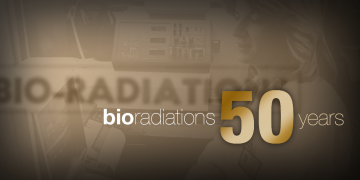
Bioradiations Looks Back: 50 Years as Bio-Rad’s Life Science Resource
Bioradiations, Bio-Rad’s technical resource for life science research, sent out its first issue in 1965. How did this publication evolve in the years that followed? Take a look in our archives and find out!

You Get to Do This? – The Bio-Rad Science Ambassador Program at the 2014 Bay Area Science Festival
The Bio-Rad Science Ambassador Program participated in the 2014 Bay Area Science Festival’s Discovery Days at AT&T Park event. See one volunteer Science Ambassador talk about conducting a real DNA experiment with students.

Now I Have My Own DNA – The Bio-Rad Science Ambassador Program at the 2014 Bay Area Science Festival
See a range of students talk about the unique experience of extracting their own DNA, and one volunteer Science Ambassador talk about conducting a real DNA experiment with students.
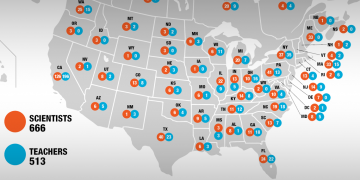
Discovery Days at World Series HQ, Mini Makers, and More: The Bio-Rad Science Ambassador Program in 2014 and Beyond
From running science experiments on the home field of World Series champions the San Francisco Giants, to connecting with makers in “the nerd nest,” to hundreds of new classroom events, 2014 has been an exciting year for the Bio-Rad Science Ambassador Program. Learn about the latest highlights in this corporate social responsibility program and watch a video of participating students and scientists.
